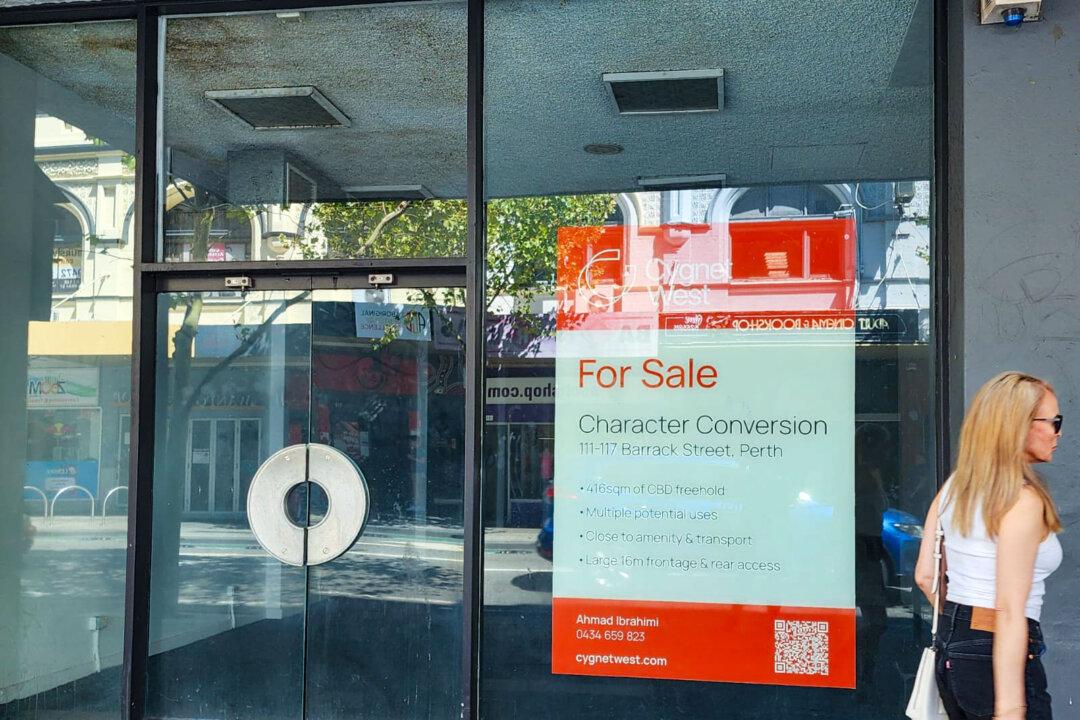The failure rate for Australian businesses across all sectors is forecast to continue to rise, but those in hospitality are seen as particularly vulnerable.
New data released today by reporting agency CreditorWatch reveals that the value of current orders is at a record low, falling by 49.9 percent year-on-year as businesses reduce the inventory they keep on hand in response to declining consumer demand and higher prices.





